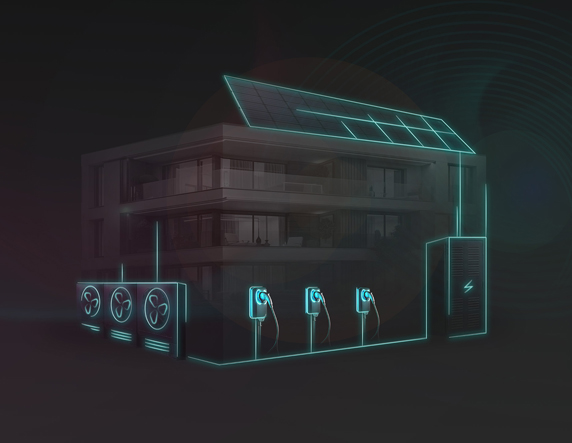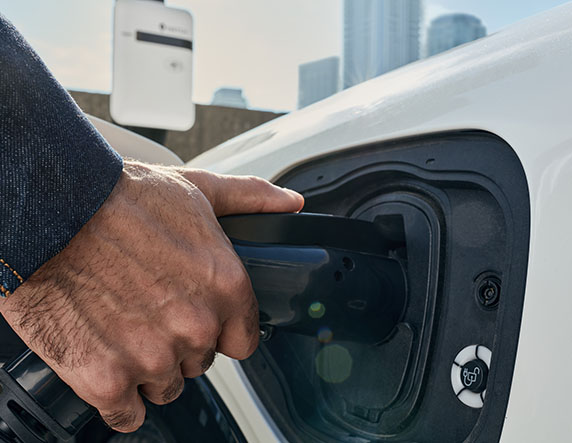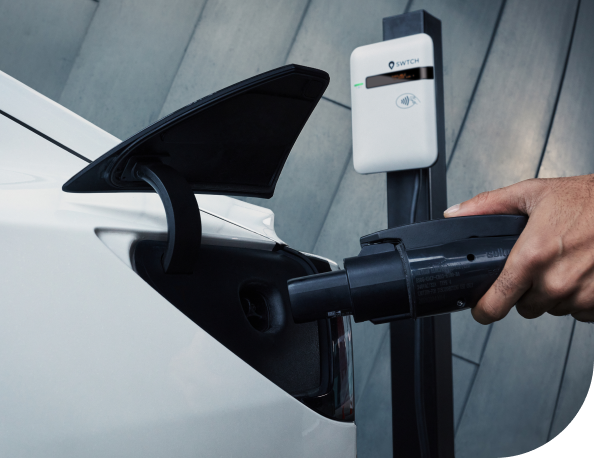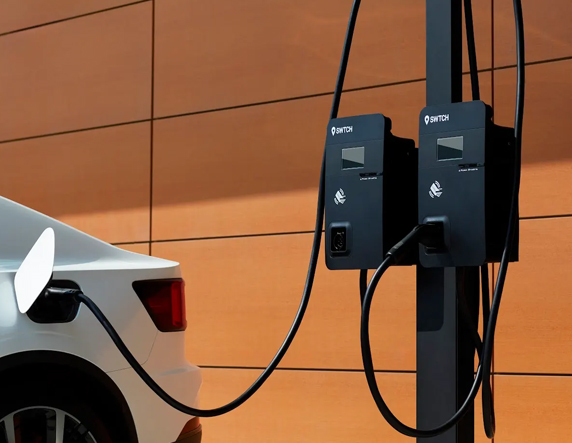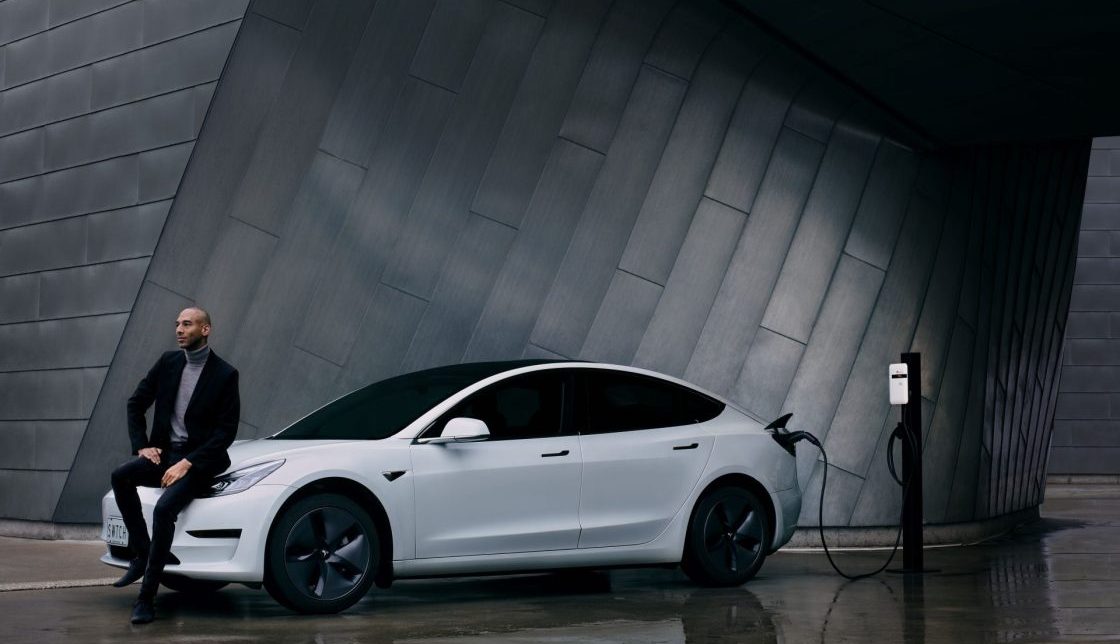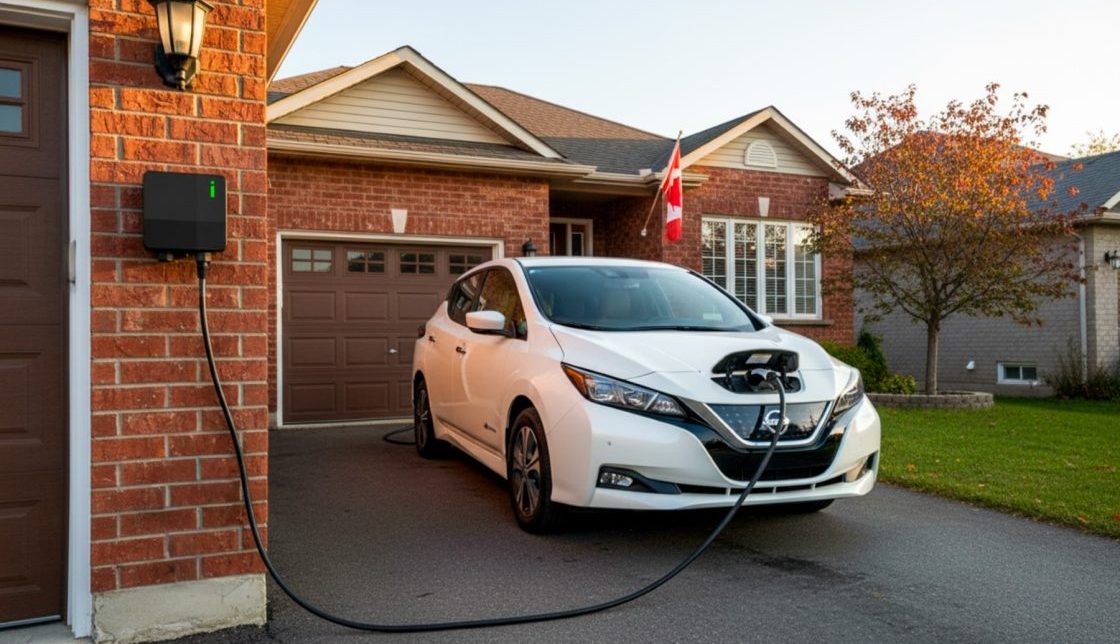The Retention Advantage: Turning Your EV Chargers into a Community-Building Asset
What does it mean to win in multifamily housing? Traditional leasing metrics are important, of course, but an increasingly important benchmark for success is not how quickly you can fill units, but how effectively you can keep your best residents.
There are many strategies a property might employ to retain its residents, but in an era where the average cost of resident turnover approaches $4,000 per unit, one amenity stands out as particularly well-positioned to drive this retention advantage: electric vehicle charging.
EV chargers are in high demand among drivers who need a convenient place to plug in, but there’s more to their appeal. Underreported value lies in their ability to serve as catalysts for building a strong community culture. It’s this culture that can make the difference in getting your best residents to stay.
The financial power of fostering belonging
While the value of a strong community feels obvious, a specific value for a community-building initiative may feel hard to quantify. Still, by examining the various costs associated with turnover, we can begin to approach something like an accurate estimate.
To begin, it’s important to assess the true cost of resident turnover not as a single event, but as a cascade of distinct expenses that accumulate each time a resident leaves.
Per Zego, average turnover costs include:
- Lost rent: $1,560.
- Make-Ready Costs (repairs, painting, etc.): $736
- Marketing: $358
- Concessions: $1,218
And while this sums up to nearly $4,000, it doesn’t even account for secondary effects like operational strain on your team, the risk of negative reviews from outgoing tenants, and potential erosion of the social stability that makes a community truly desirable.

This is where the investment in community, catalyzed by amenities like EV charging, begins to pay powerful dividends.
Consider a 200-unit property with an average turnover of about 45% (LeaseLock). If, by fostering a sense of community and belonging, you could decrease this to even just 40%, that’s $40,000 per year in avoided turnover costs.
And this financial upside doesn’t stop at cost savings. Properties that cultivate loyalty and become known as exceptional places to live often command higher rent premiums thanks to residents being less resistant to rent increases.
And these positive attributes all reinforce each other and produce advantages across all areas of property management; a stable, engaged resident base leads to stronger word-of-mouth referrals, which lowers future marketing costs, and a genuine community atmosphere accelerates leasing when units do become available. It’s a virtuous cycle, and it helps your team to shift their focus from the reactive churn of turnover management to proactive community enhancement, creating a self-reinforcing flywheel of success.
But how exactly does an amenity like EV charging catalyze this kind of community transformation? The answer lies in understanding the psychological progression that turns functional conveniences into sources of identity and belonging.
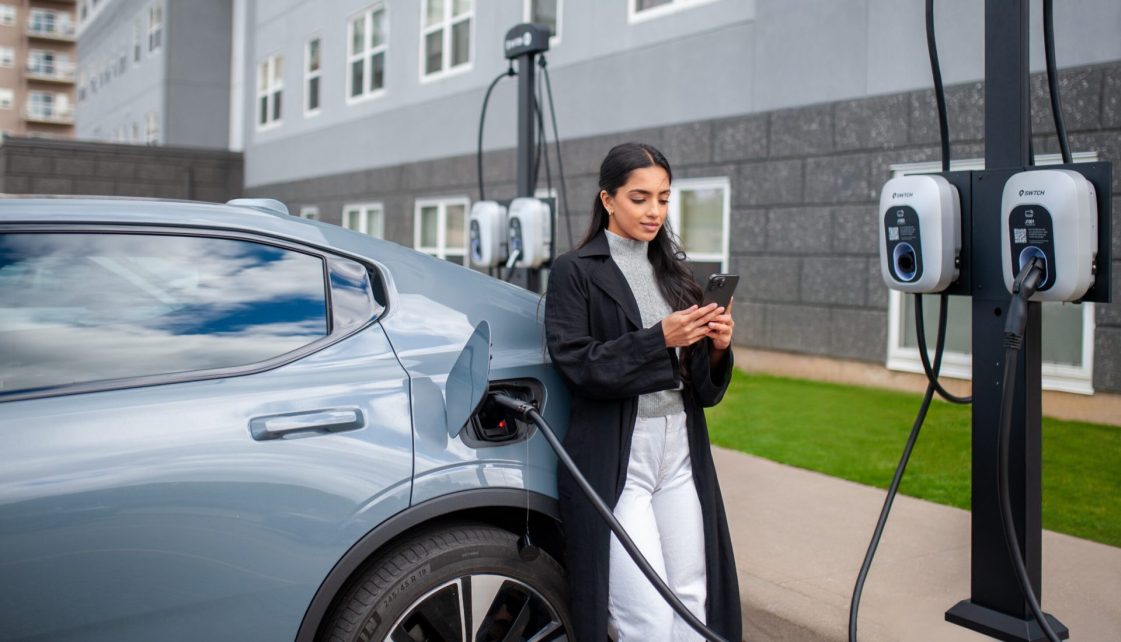
How amenities like EV charging can drive retention: a three-stage process
Though price is certainly a factor in where people live, it tends not to be the most significant reason for residents leaving a multifamily home. Rather, it’s more often the case that they leave because they feel no meaningful connection to the property where they live.
A successful retention strategy, therefore, ought to recognize that resident loyalty operates on multiple levels and take steps not only to meet the basic needs of a home but to foster greater emotional investment.
This dynamic can be understood through three distinct stages of resident engagement.
Stage 1: Functional adoption
Initially, residents interact with amenities—including EV chargers—as utilities. The charging station serves its primary function: providing power to their vehicle. This represents the baseline expectation, a necessary but insufficient condition for retention. At this stage, the amenity’s value is purely transactional.
Stage 2: Community integration
The transformative shift occurs when amenities become integrated into the community’s narrative and identity. At this stage, EV chargers evolve from individual conveniences to visible symbols of shared values—sustainability, innovation, and forward-thinking. They become part of the community’s story, a point of collective pride that residents actively discuss and promote.
Stage 3: Identity alignment
The most powerful retention dynamic emerges when residents begin to see their personal identity as intertwined with the community’s identity. When a resident describes their home as “innovative” or “environmentally conscious,” their sense of belonging deepens. While no single amenity can redefine someone’s identity, amenities that consistently reinforce a community’s values—like sustainability and innovation—can deepen a resident’s emotional investment over time. This psychological investment makes the prospect of relocating not just inconvenient, but inconsistent with their self-concept.
From a strategic perspective, then, deploying amenities with the potential to progress from utility to identity offers much greater retention value than those that will remain purely functional. EV charging infrastructure, with its visible commitment to sustainability and technological advancement, is uniquely well-positioned to undergo this progression.
Deploying amenities with the potential to progress from utility to identity offers much greater retention value than those that will remain purely functional.
This becomes especially potent given the speed with which EVs are being adopted.
Per Cox Automotive, EVs represented 7.5% of new US car sales in Q1 2025, with projections by J.D. Power indicating they will have around a 36% market share by 2030. Meanwhile, about 43.9 million residences (accounting for a third of Americans) are multifamily, yet few rental properties currently offer EV charging access.
This supply-demand imbalance creates opportunity. Early movers can capture and retain a growing demographic of environmentally conscious residents who are actively seeking communities that support their lifestyle choices.
A strategic framework for value creation through EV charging
The transformation of EV charging from amenity to retention driver requires strategic thinking about three core value creation mechanisms: recognition, engagement, and narrative.
Recognition: Position EV charging as the premium, community-focused offering that it is
Position EV parking in premium locations with distinct branding that highlights your property’s commitment to electrification or sustainability as a whole.
This approach serves multiple purposes. It provides tangible value that EV-owning residents immediately appreciate, creates visible differentiation that reinforces community values, and establishes exclusivity that enhances perceived value across the resident base.
The marginal expense of premium signage and preferred positioning for the parking spaces generates ongoing positive reinforcement that strengthens residents’ emotional connection to the community.
Engagement: Turn EV charging into a shared victory
Just installing EV chargers and making the effort to promote them to your residents should lead to increasing usage over time. To make them into true drivers of engagement, though, a little additional work will go a long way.
Consider hosting a launch event for your residents or hosting sustainability showcases that feature your charging offering. These initiatives create shared experiences that build connections between residents and invite them to participate in your electrification journey. Anonymous apartment living is replaced with genuine membership in a community.
The uptake may not be substantial to start, but making a consistent effort across these kinds of activities will likely generate returns that far exceed the cost and effort associated with implementing them.
Narrative: Make EV charging into a story, not just an amenity
To maximize the effectiveness of an EV charging deployment, you should develop consistent communication that positions this amenity within broader community achievements.
Share quarterly milestones such as “Our community supported 25,000 clean transportation miles” or “Together, we’ve offset 150 tons of CO2 emissions.”
This approach transforms routine amenity usage into meaningful participation in collective environmental progress. Even for those who do not (yet) own an EV, the statistics around the environmental benefit of your property’s charging stations will likely be interesting data that leads them to hold your property in higher esteem.
The aim is to create emotional investment that transcends transactional relationships. When residents view their home as a place where their values are actively supported and their choices contribute to meaningful collective impact, their connection deepens, moving beyond simple housing satisfaction to a more significant alignment of home with identity.
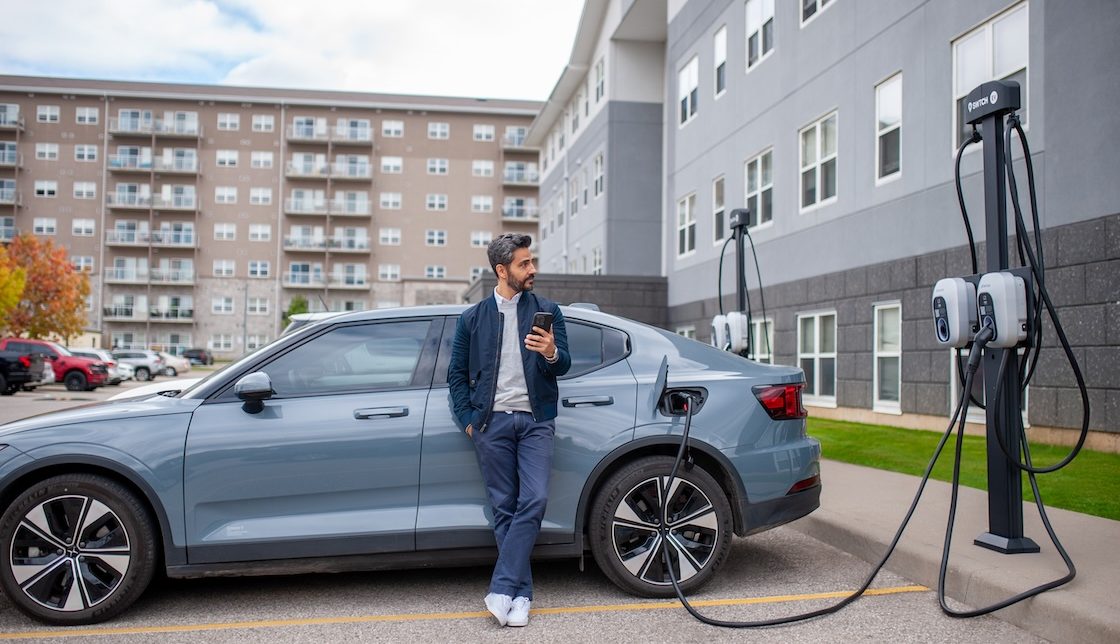
Potential limitations to this strategy
Your community’s demographics don’t align well
Though there’s a lot of value in establishing your EV charging amenity as something core to your community, there are situations in which the impact of doing so may be reduced.
Properties serving markets with minimal EV adoption rates (below 2-3%, let’s say), demographics skewing significantly older (65+ as primary resident base), or communities where retention decisions are driven primarily by economic rather than lifestyle factors may find they get reduced mileage from this undertaking. Alternative retention strategies may prove stronger bets in these situations.
Costs exceed the likely benefit for your property in particular
If your property is expecting significant electrical upgrade costs before chargers can even be installed, you may want to pursue a goal of better retention through less costly measures. Note, however, that advanced electrical load management technology like SWTCH Control can eliminate the need for electrical upgrades to install EV charging stations, dramatically improving the ROI of EV charging projects.
Or, if your property is already achieving retention rates significantly above market averages, you may experience diminishing returns from amenity-based initiatives compared to investments in simply upgrading your operational efficiency.
All of this said, even if EV charging is not the right fit today, the strategic principle remains constant: identify amenities that create opportunities for value alignment and community engagement around shared goals, whether through smart building technology, comprehensive sustainability programs, or other innovation-forward initiatives that resonate with target demographics.

Why now’s the time to invest in building community
The multifamily housing industry is in a period of increased competition and operational complexity. Properties that rely solely on amenity arms races or pricing strategies will find themselves vulnerable to competitors with deep enough pockets to replicate features and match concessions.
The retention advantage created through nurturing an authentic community culture represents a fundamentally different type of competitive asset. Another property can install similar charging stations or offer comparable amenities, but they cannot instantly replicate the social connections, shared identity, and emotional investment that characterize truly engaged resident communities.
This is especially important in challenging market conditions. Properties with strong community cultures demonstrate greater revenue stability, reduced price sensitivity, and enhanced resident advocacy. These communities create their own market demand through word-of-mouth referrals and positive reputation effects that transcend traditional marketing approaches.
Electric vehicle charging infrastructure, when deployed as a community-building asset rather than merely a functional amenity, provides one prominent pathway to this competitive advantage. The key lies in recognizing that the technology itself is not the strategy—the strategy is using visible commitments to shared values as foundations for building within and to your community.
Ready to make EV charging a retention engine at your property?
Reach out to SWTCH today to get started!
